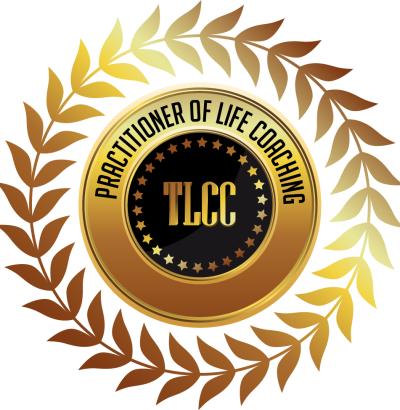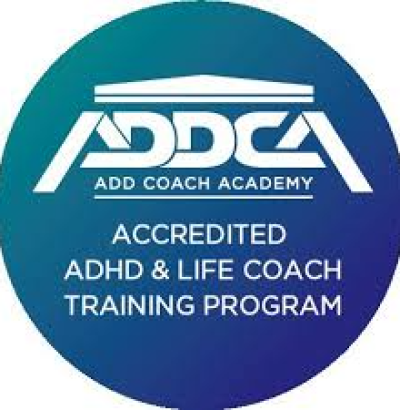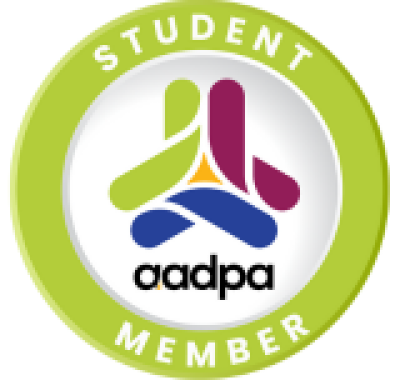For too long, ADHD has been viewed through a deficit-focused lens as something to fix, suppress, or overcome. From the moment someone receives a diagnosis (or begins to suspect they have ADHD), they’re often handed a long list of things they “can’t” do or will “always” struggle with. But what if we stopped looking at ADHD as a broken version of a normal brain and started viewing it for what it truly is — a different operating system with its own strengths, patterns, and ways of moving through the world?
If you have ADHD, chances are you’ve experienced moments where your mind felt like it was firing on all cylinders ideas flowing, creativity surging, connections forming effortlessly. You may have hyperfocused on a project and produced results that amazed everyone, including yourself. These experiences aren’t accidental; they’re signs of how your brain is wired. And while that wiring might not suit traditional structures or systems, it’s incredibly powerful in the right context.
The challenge is, the world isn’t always built with ADHD brains in mind. School systems often prioritise rote learning and sitting still. Workplaces value consistency over bursts of brilliance. Even household routines can feel punishing when your executive function is running on empty. As a result, many people with ADHD internalise the message that they’re lazy, disorganised, or simply not trying hard enough when in reality, they’re operating in an environment that doesn’t speak their language.
Reframing ADHD begins with recognising the traits that are often pathologised are also tied to your strengths. Distractibility can be linked to curiosity and responsiveness. Impulsivity might be a sign of courage, spontaneity, or creative risk-taking. Hyperfocus, while difficult to regulate, allows for intense productivity and flow. Even emotional sensitivity often labelled as “too much” is a gateway to empathy, deep connection, and a rich inner life.
That’s not to say ADHD doesn’t come with challenges. It absolutely does. Time blindness, task initiation, emotional regulation, and inconsistent motivation can disrupt daily life and make even simple tasks feel mountainous. But the key isn’t to shame these difficulties or wish them away it’s to work with them. And that starts by understanding your brain, accepting it, and designing systems that make sense for how you naturally operate.
One of the most powerful things you can do is shift from a mindset of “fixing” to one of “customising.” When you try to follow neurotypical routines or productivity strategies without adaptation, you’re forcing your brain into a mould it wasn’t built for. But when you allow yourself to explore what actually works whether it’s using visual timers, breaking tasks into micro-steps, or changing environments to spark motivation you begin to unlock your potential without constant resistance.
It’s also important to unlearn the guilt and shame that often follows those with ADHD. Many clients come into coaching sessions carrying years of messaging that they’re not living up to their potential. They feel frustrated at themselves for being inconsistent or overwhelmed by tasks others seem to handle with ease. But here’s the truth: ADHD doesn’t mean you’re any less capable it just means you need different tools to get there. And that’s not only okay, it’s valid.
Community plays a big role in this reframing process. Finding others who share your experience whether through group coaching, online communities, or reading stories of ADHD women like you can be incredibly healing. It reminds you that you’re not alone, and that your struggles don’t stem from a personal failure, but from trying to live in a world that hasn’t caught up with your brain yet.
The beauty of ADHD is that once you understand it really understand it you begin to see how adaptable, resilient, and visionary you actually are. You start giving yourself permission to do things differently, and you stop waiting for permission from a world that never fully understood you anyway.
In coaching, we see this transformation often. A client who once called herself “flaky” realises she just needed flexible deadlines and visual structure. An entrepreneur who doubted her ability to lead discovers that her energy, passion, and intuition are her greatest assets. A mother who felt overwhelmed by everyday tasks learns to break them into manageable steps and shows herself more compassion in the process. These aren’t one-time wins; they’re the result of building a new way of thinking, being, and living one that embraces the ADHD brain for what it is: capable, creative, and worthy of support.
So if you’ve ever been told your brain doesn’t work the way it “should,” know this your brain works exactly as it’s meant to. It’s not broken. It’s not defective. It’s just different. And in that difference lies extraordinary potential, waiting to be tapped.
The next step isn’t to change who you are. It’s to change how you support who you are. To build systems, strategies, and environments that help your unique wiring shine. And to know, without a doubt, that there’s nothing wrong with your operating system it just wasn’t designed to run someone else’s program.







